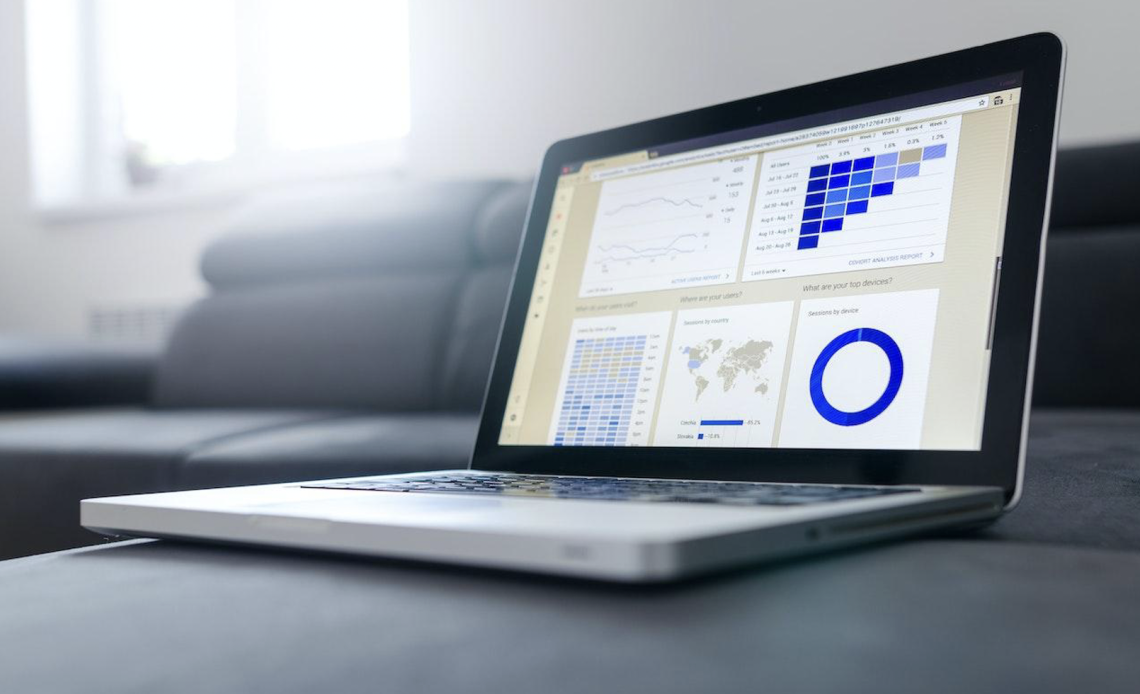
With the huge volume of data currently available, it has become difficult for organizations to get essential consumer insights. Understanding the right consumer insights is vital for organizations to make the best business decisions, and contextual data may be your solution.
What Is Contextual Data?
Contextualization, in computer science, is the process of determining the data pertinent to an entity such as a person, item, or place based on the contextual information of the entity. Contextualization is the process of converting unprocessed data from various sources into a format specific to an entity so that others—often analytics applications—can simply consume it. The key is organizing the data in the manner desired by the consumer.
It is frequently used by academic institutions to assess candidates’ academic potential as well as by commercial enterprises for forecasting and market research. Contextual information is gathered from a variety of sources and may include background information on education, health, general surroundings, family and socioeconomic circumstances, and a host of other variables.
It is used to learn more about the consumer and make predictions about their aptitude and future in the context of universities and recruitment. The same is true for market analysis; contextualized data is used to forecast sales while accounting for elements like location, season, a particular date, and even the weather.
What Are the Uses of Contextual Data?
Analytics combined with contextual data creates a potent tool for businesses to understand user behavior and trends. Data from your business is likely expanding fast and is kept in data lakes, warehouses, or the cloud. Contextual analytics aids in condensing this broad reach to produce insights accessible anywhere and pertinent to both consumers and staff.
These huge repositories of data, and contextual data a business can acquire or connect with other organizations to get, are the fundamentals to designing successful systems to use in analytics, provide value for consumers, and distinguish your business in the market.
For example, in retail sales, a decline in sales at a particular store location could be challenging to identify when the data is looked at separately. Contextual data about local businesses or traffic patterns can help to expose data that can be used to better recognize consumer behavior. Such as peak hours may have increased foot traffic, whereas slow periods in sales may occur when there aren’t many cars around.
Contextual Data In Action
Many consumers are already gaining from customer experience (CX) that is driven by contextualized data in their daily lives as smart and/or wearable gadgets gain in popularity. Smartphones offer inclement weather warnings based on your location, while Siri, Google Home, and Alexa learn to make better choices based on recent behavior.
The customer experience strategy for businesses can use the same concepts. Sales in specific locales may be impacted by seasonal weather patterns, particularly in regions that experience extreme weather. Consumers in these regions could require different goods or services at various times, therefore companies that adapt will offer better experiences. Similar to how awareness of an event could result in advertising or tailored offers for clients in a specific location.
Your company may improve its forecasting abilities and respond quickly to changing circumstances by connecting your data to the environment in the real world where it actually exists. This adaptability enables your company to remain competitive and better meet client demands, ultimately enhancing the client experience.


